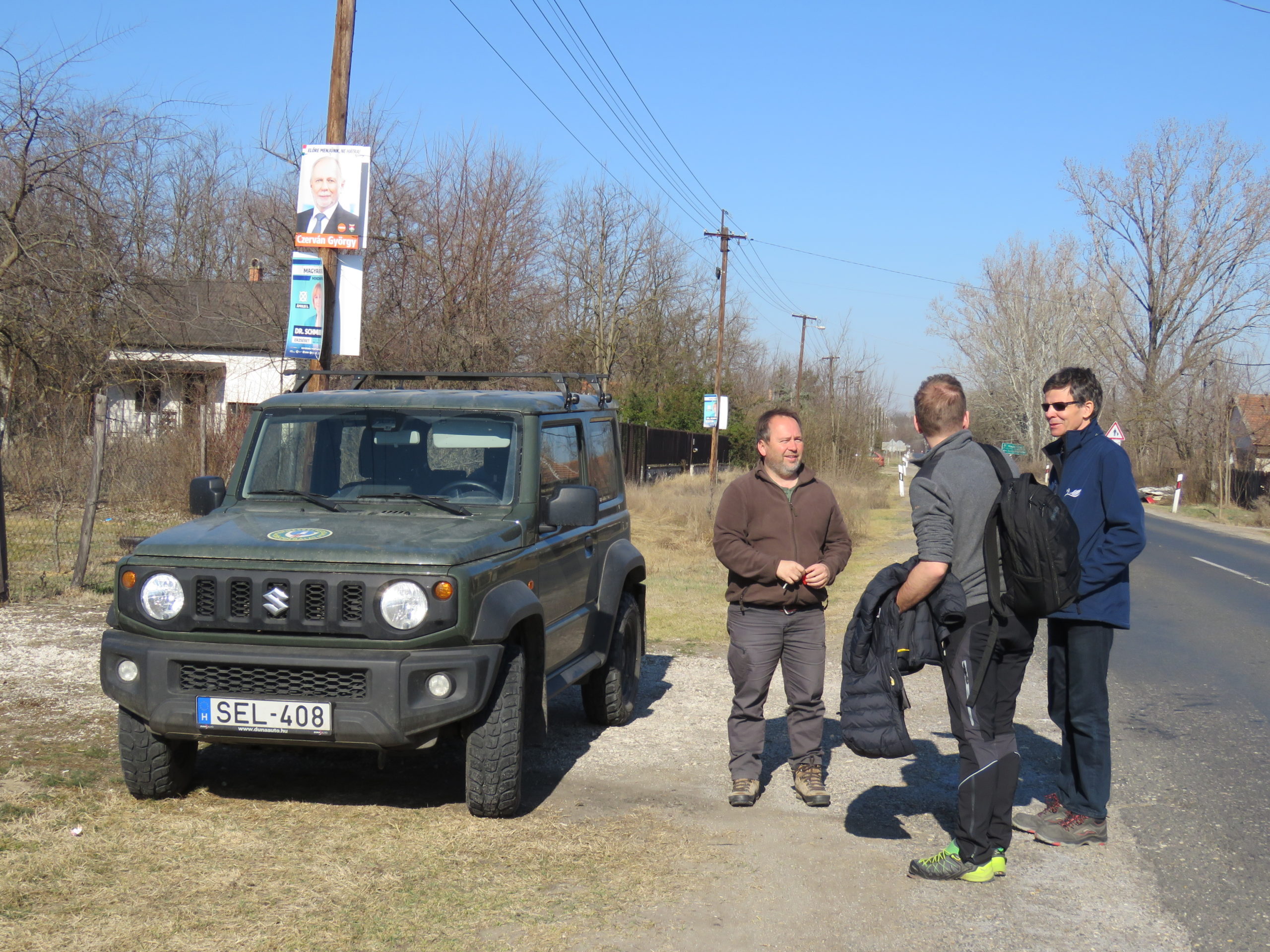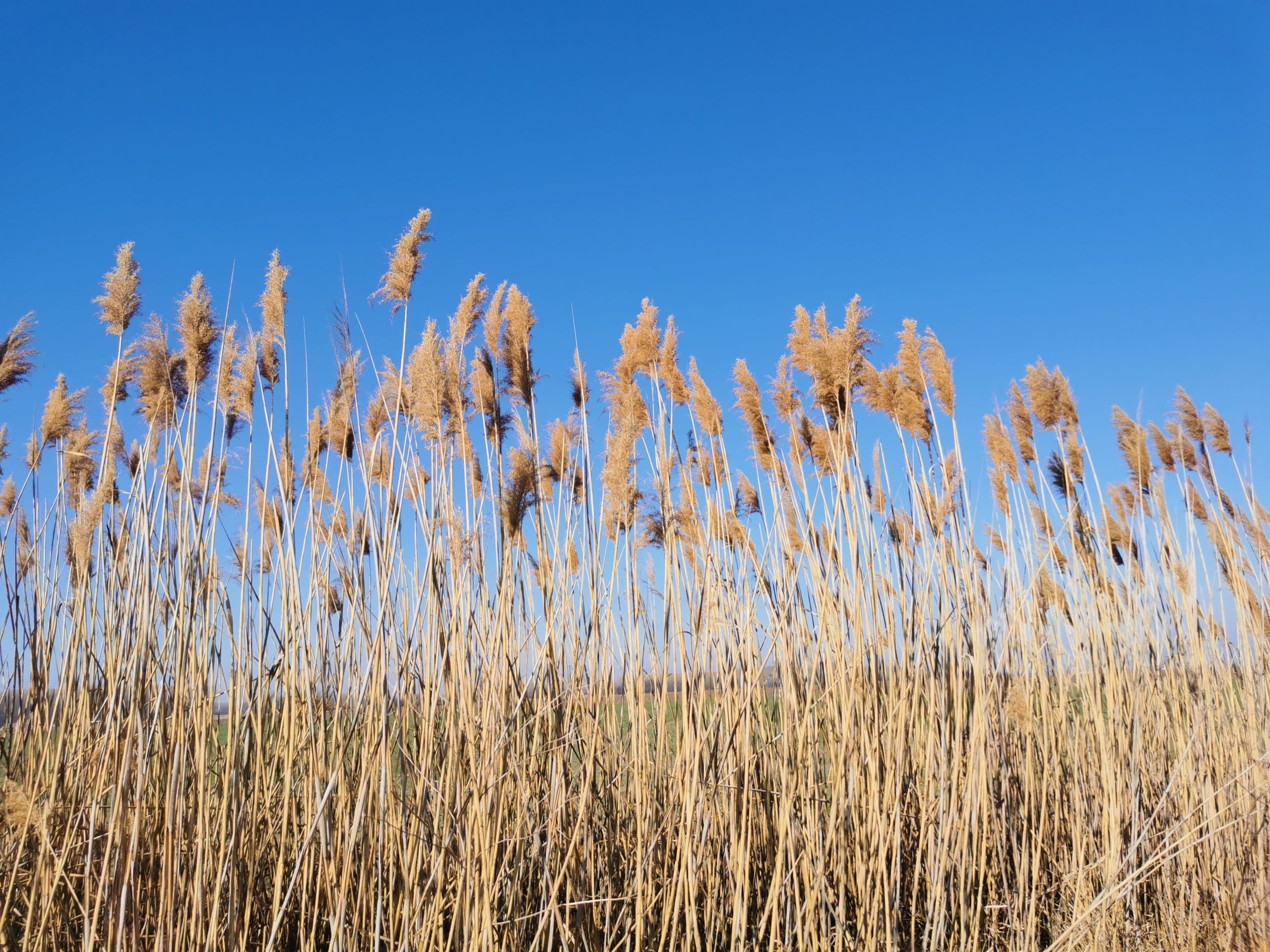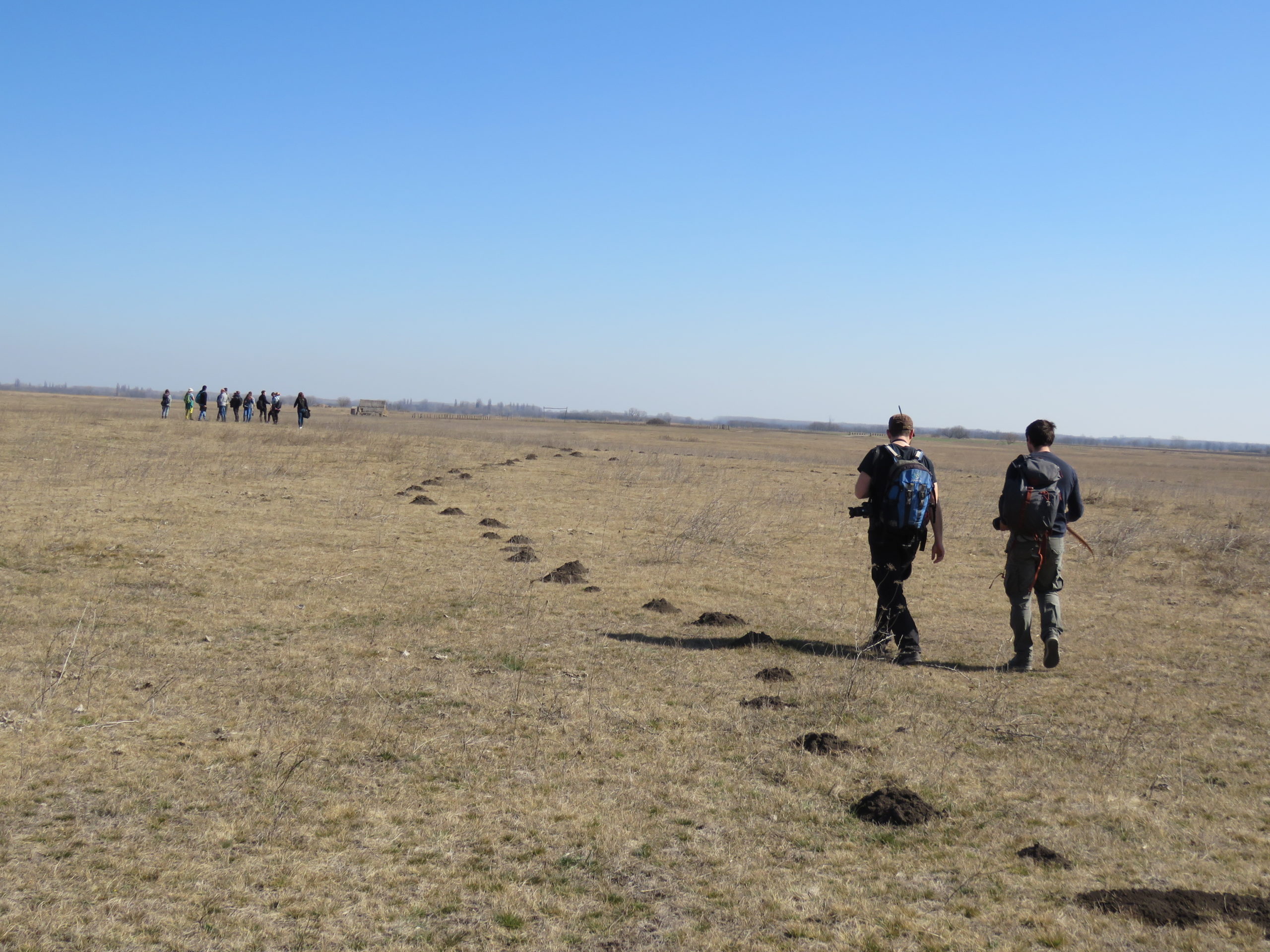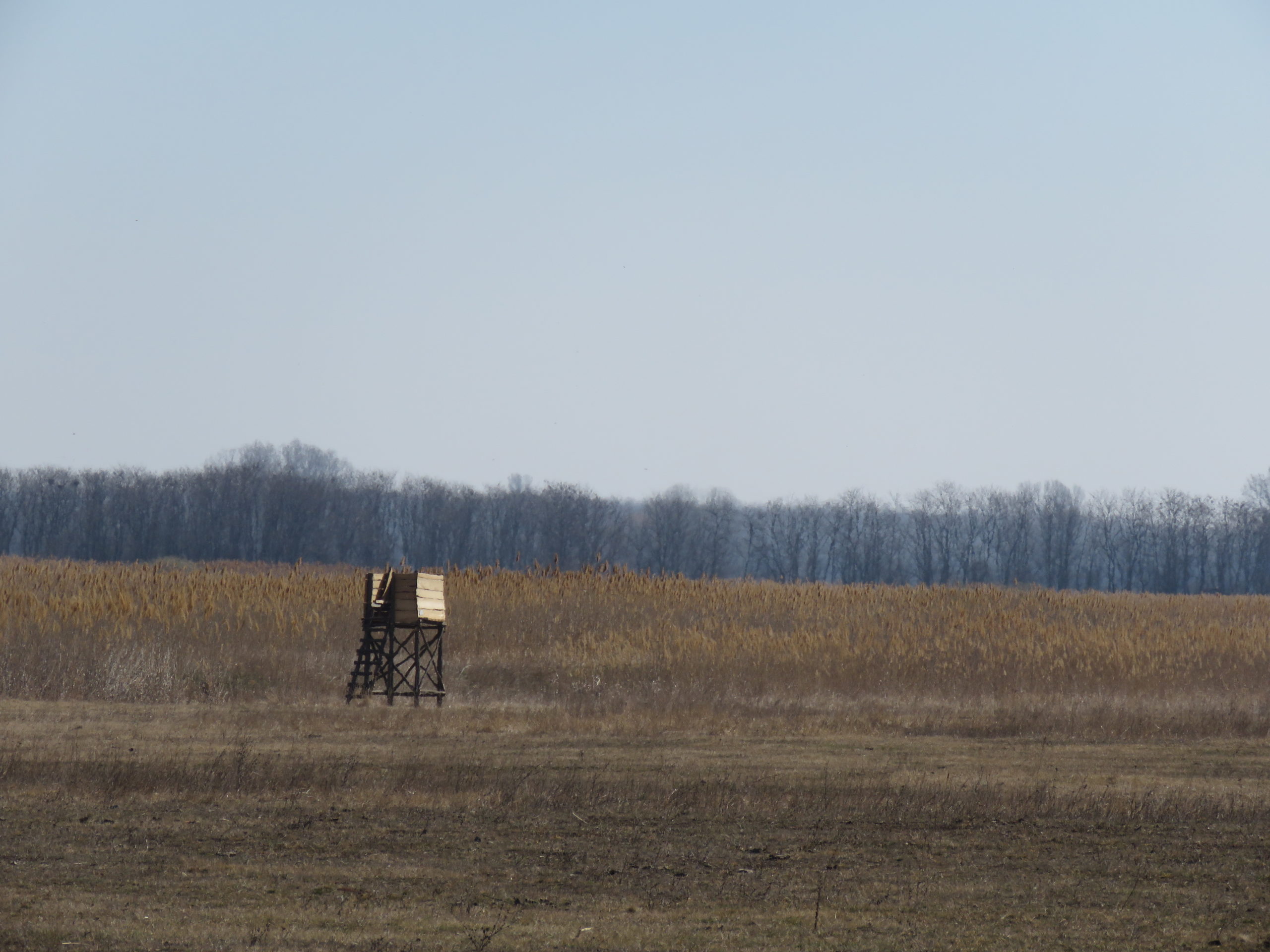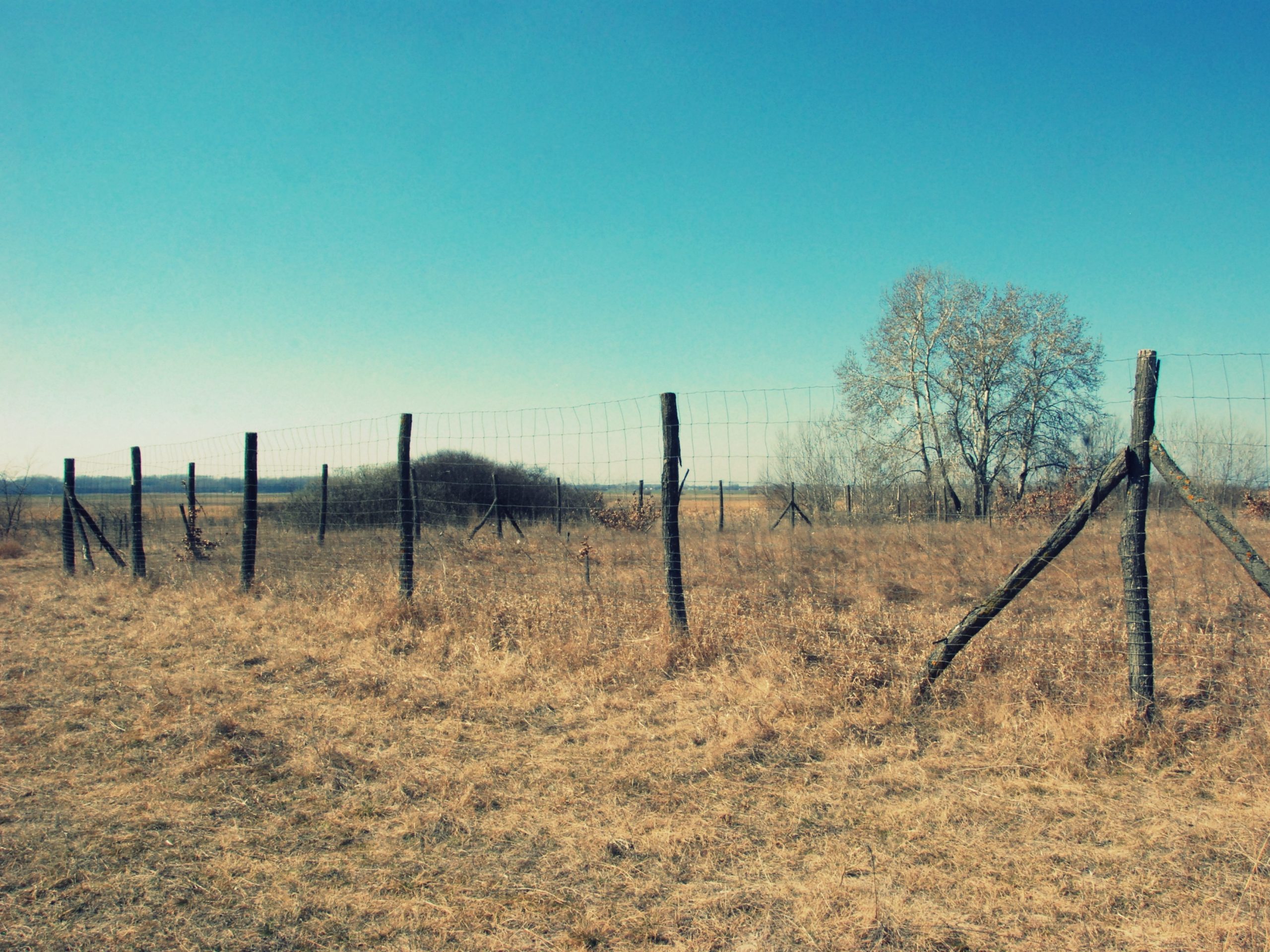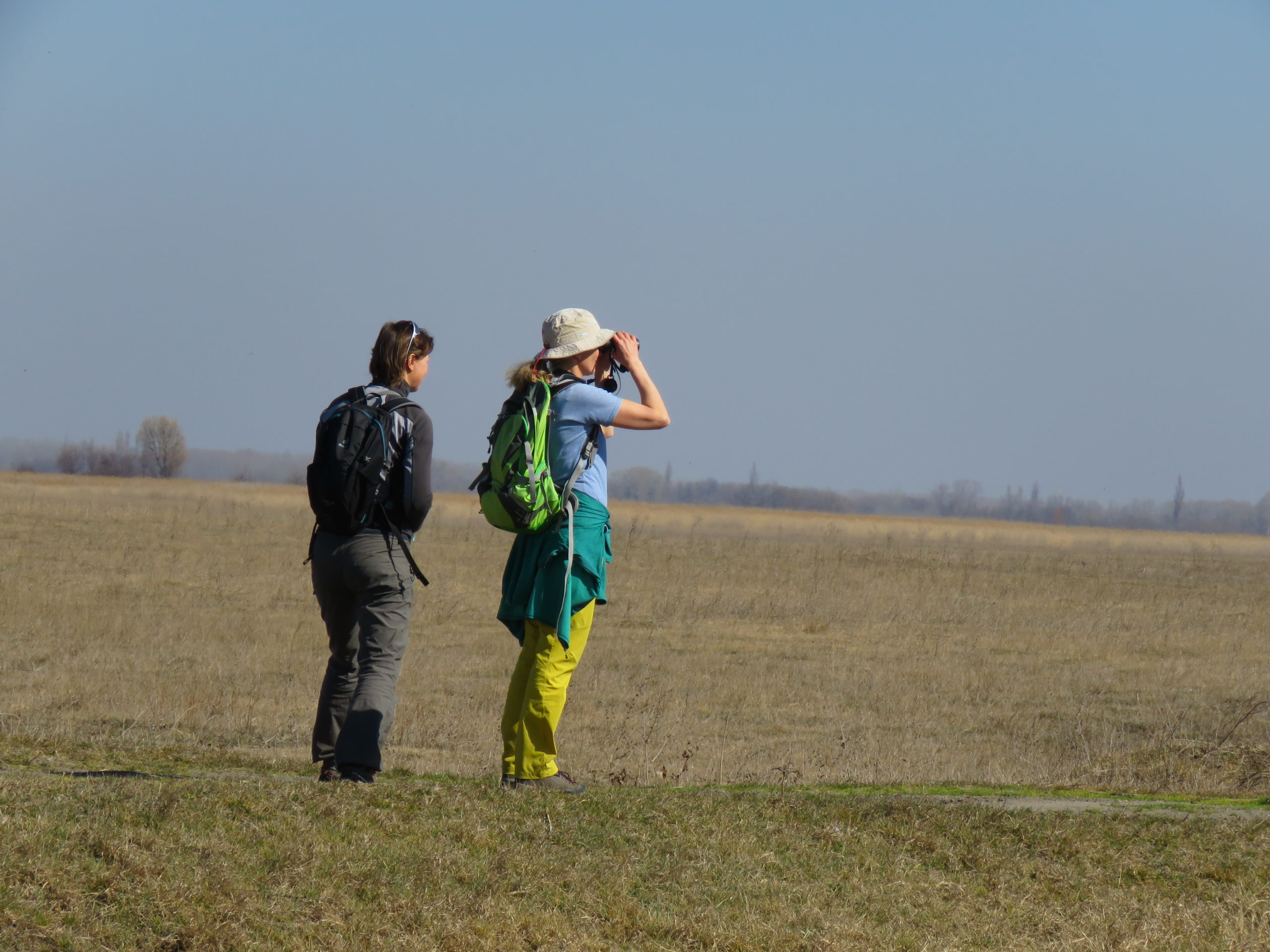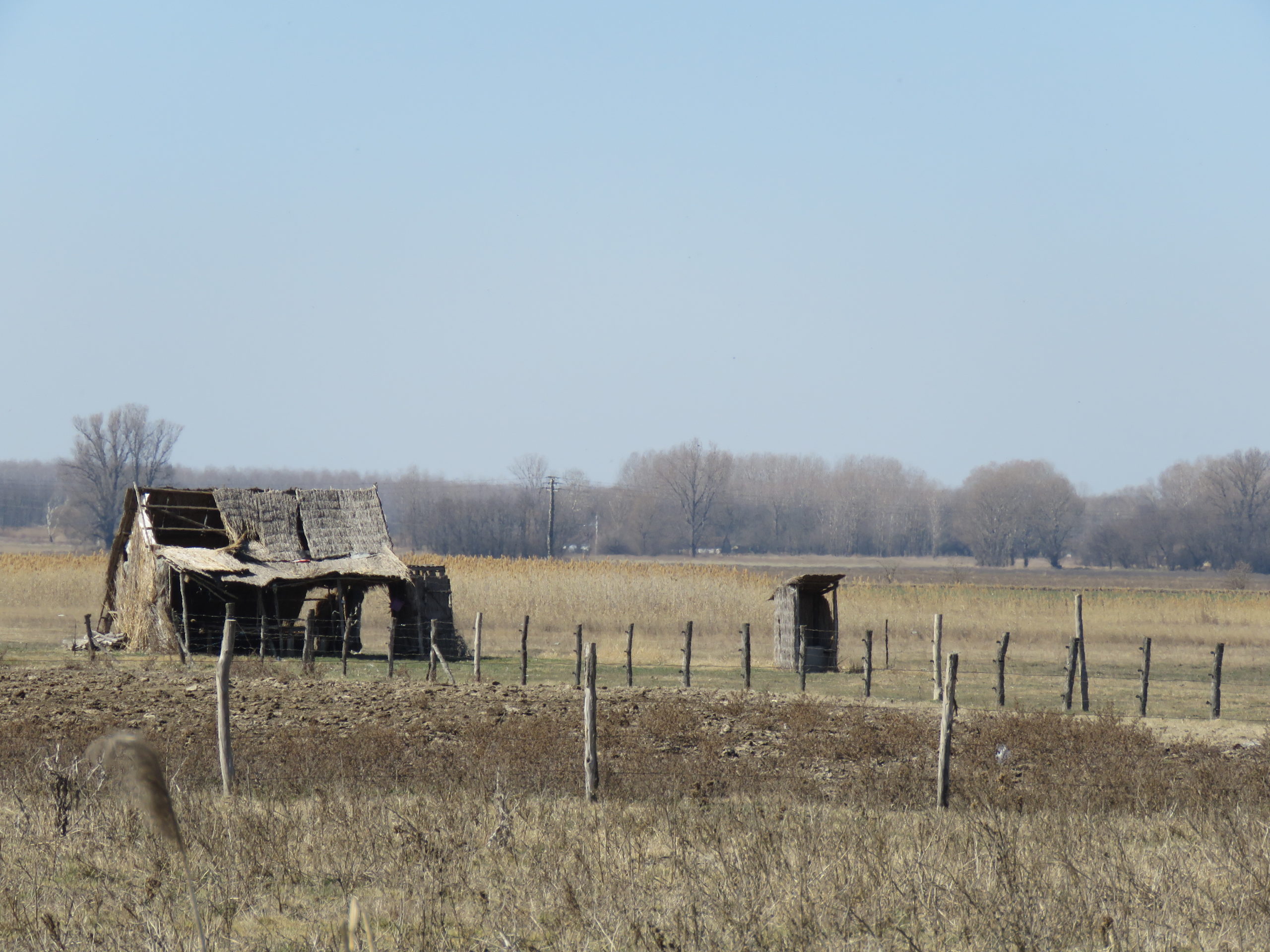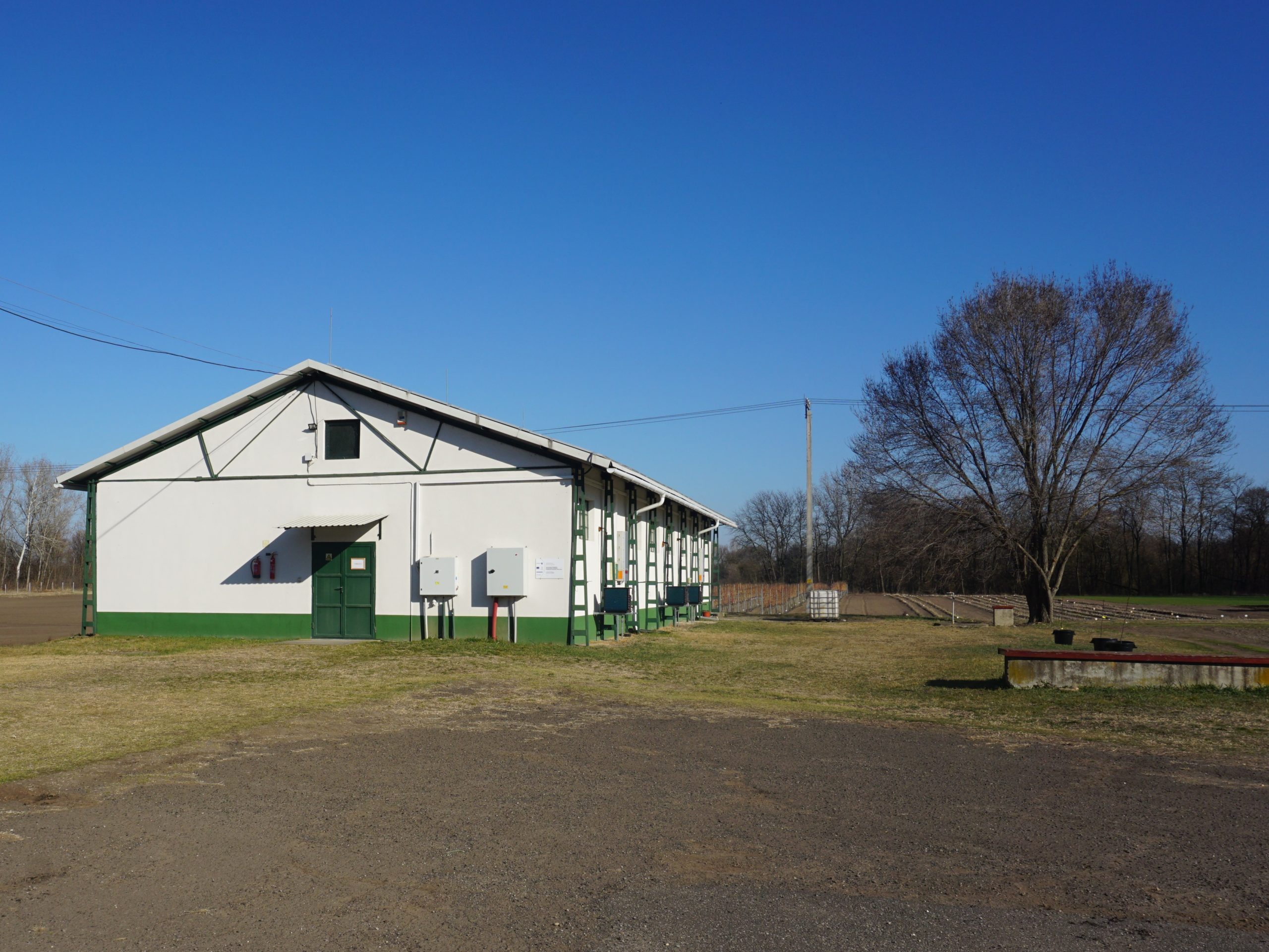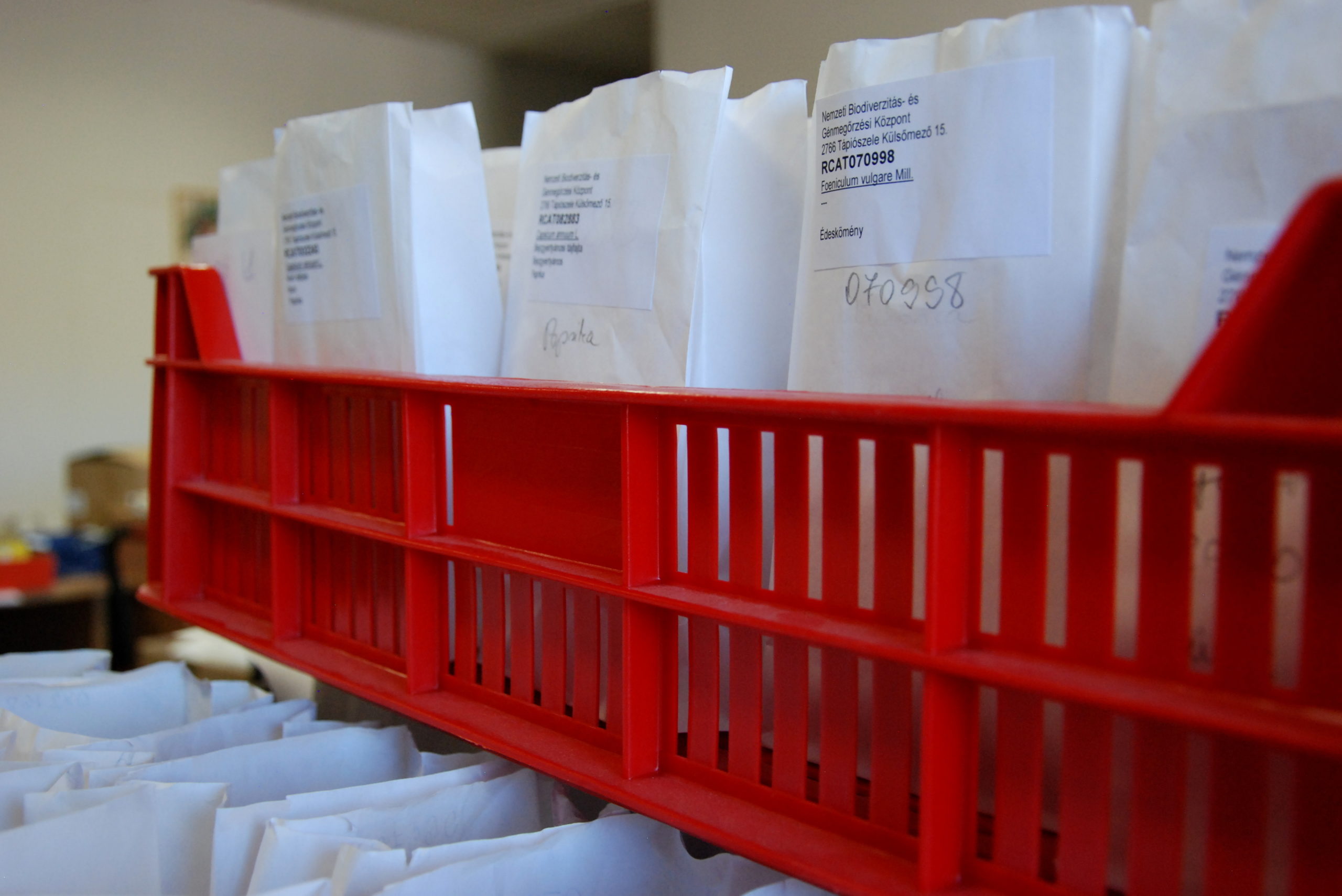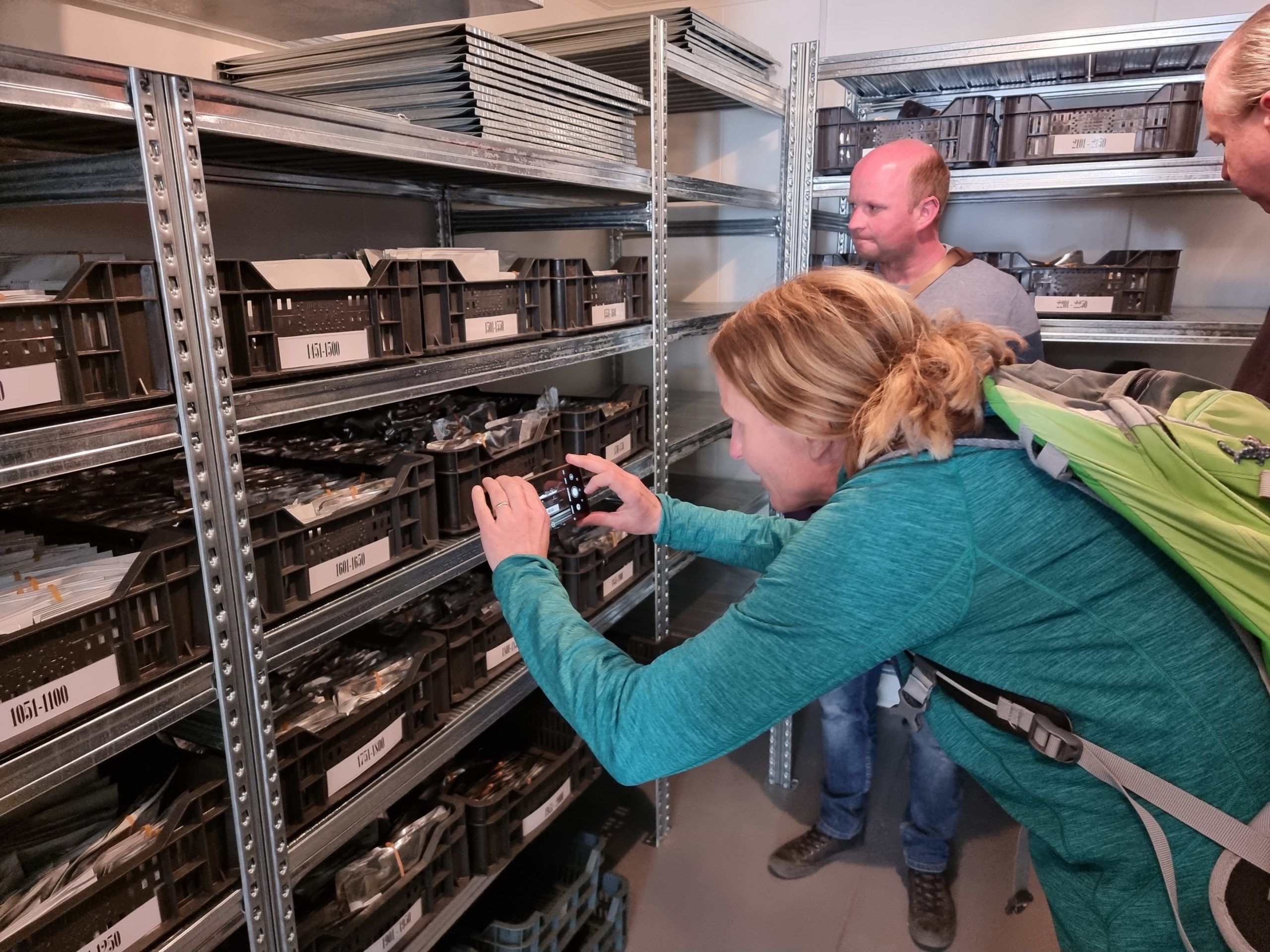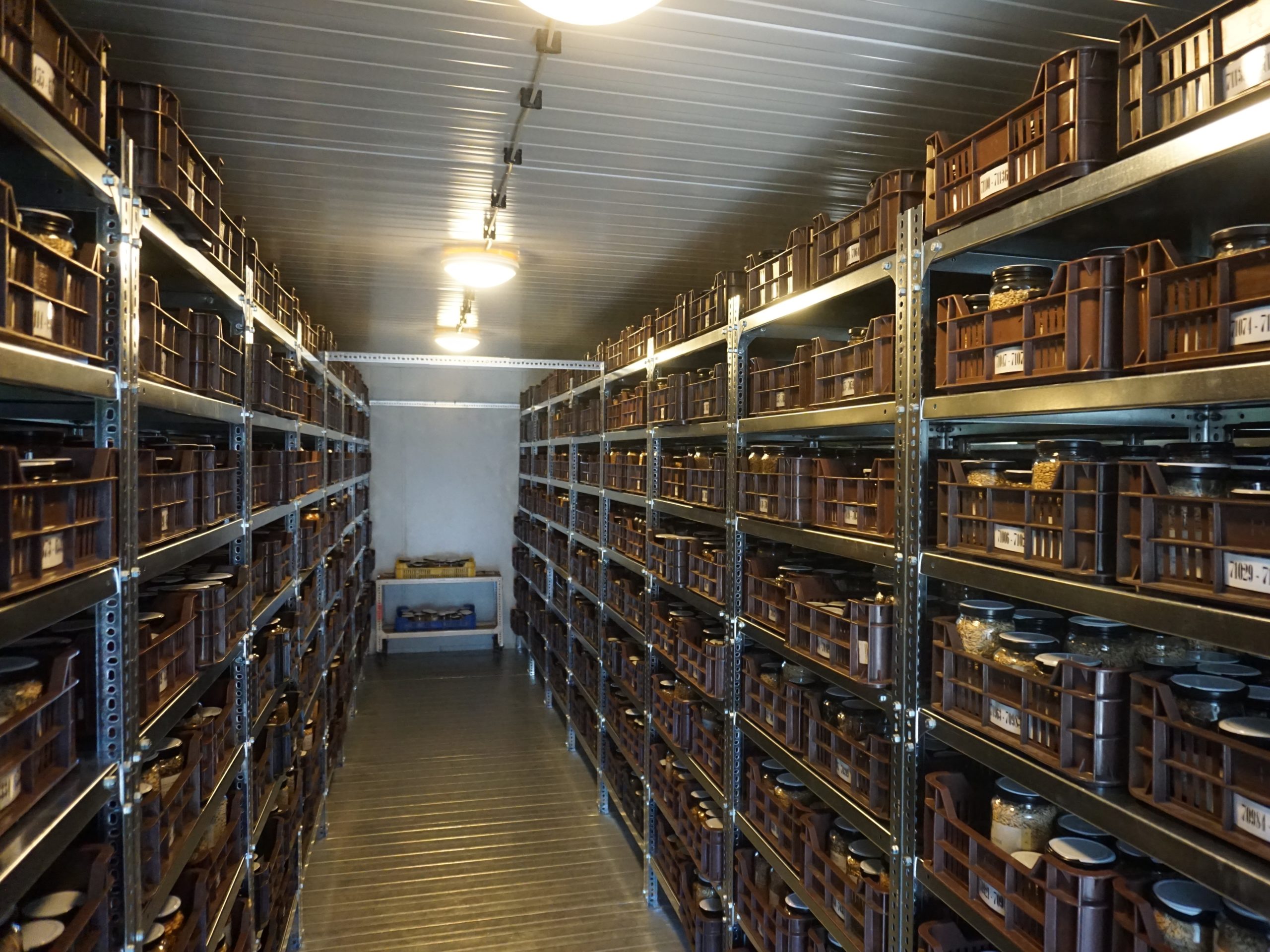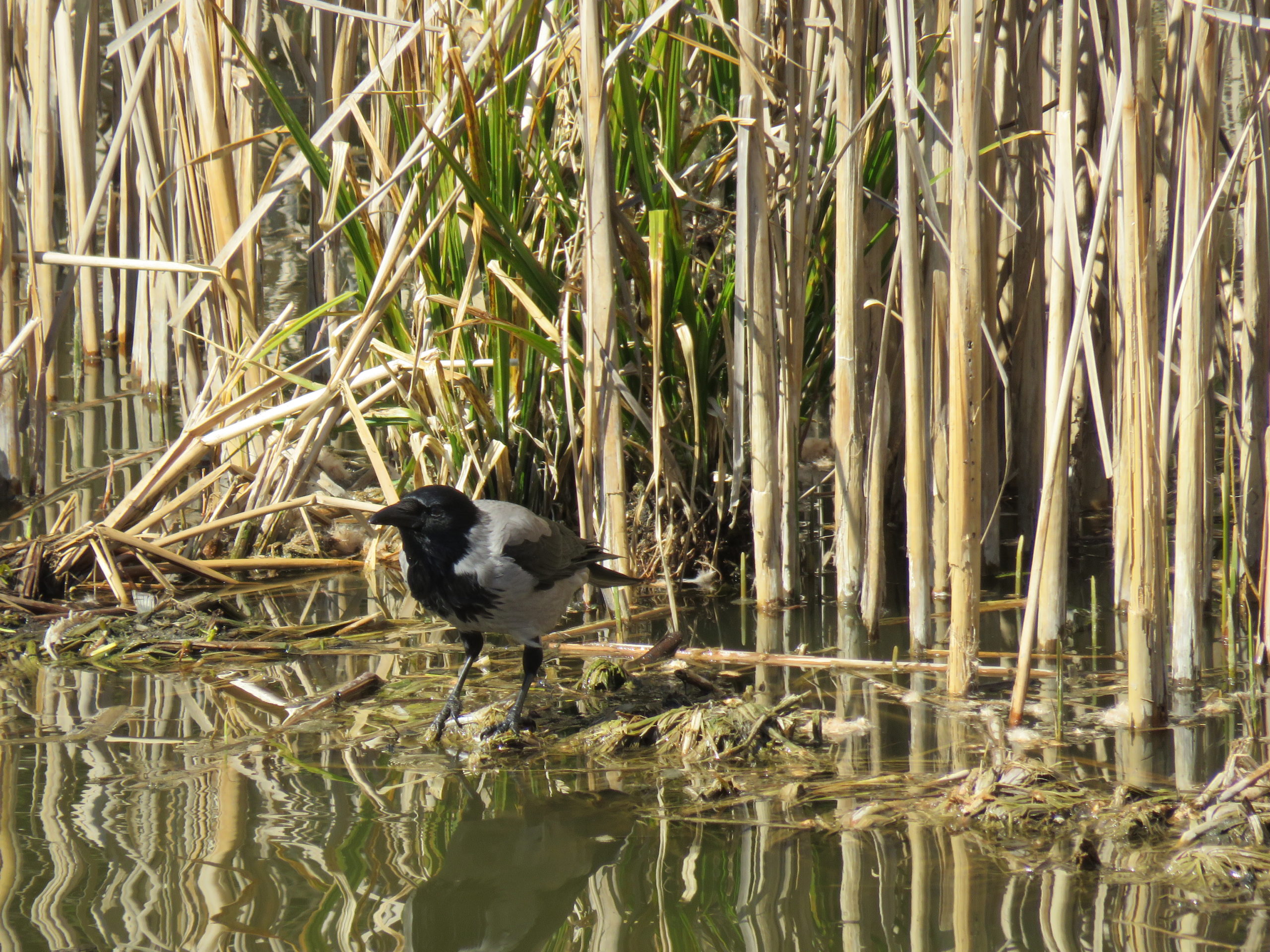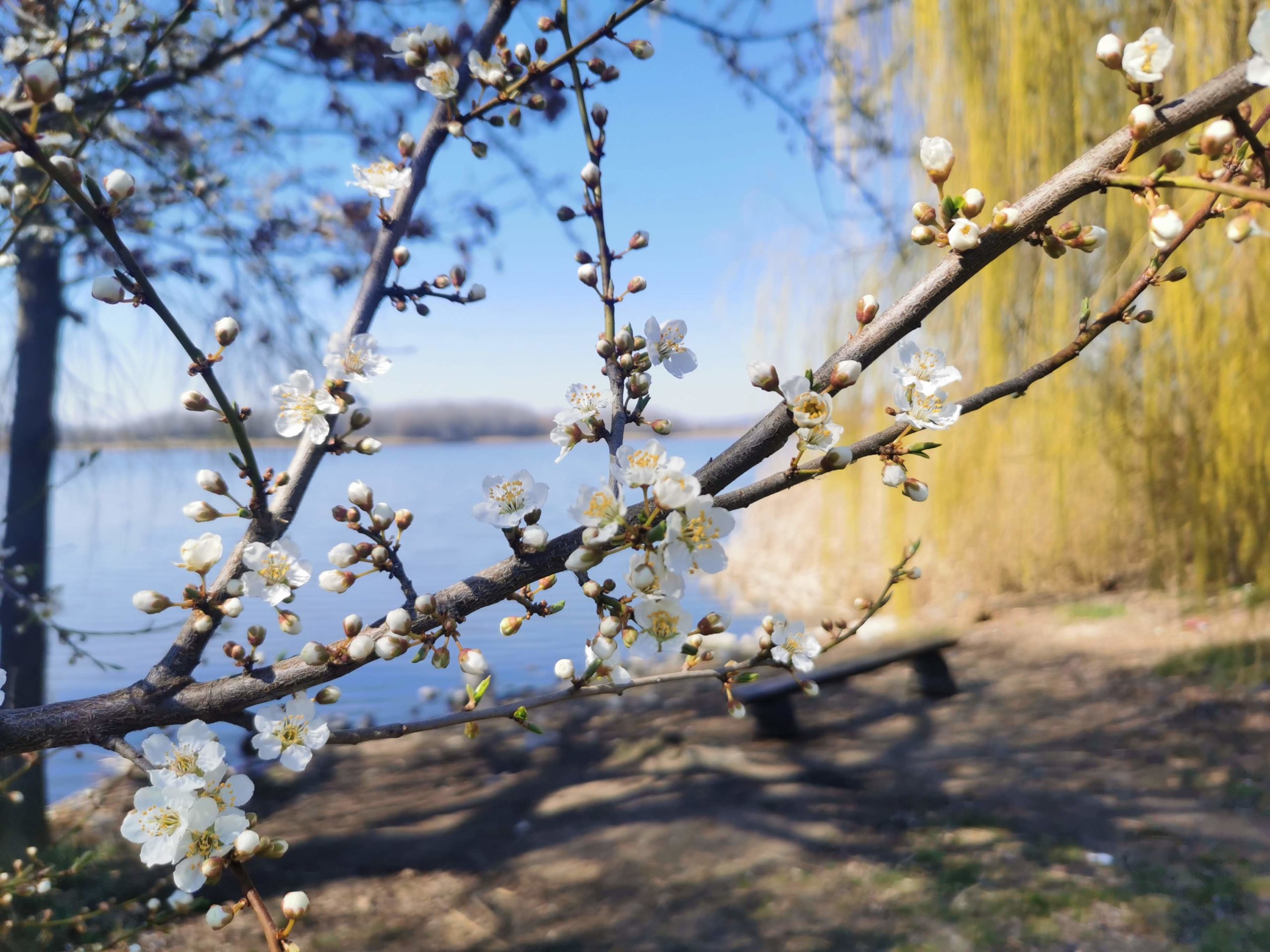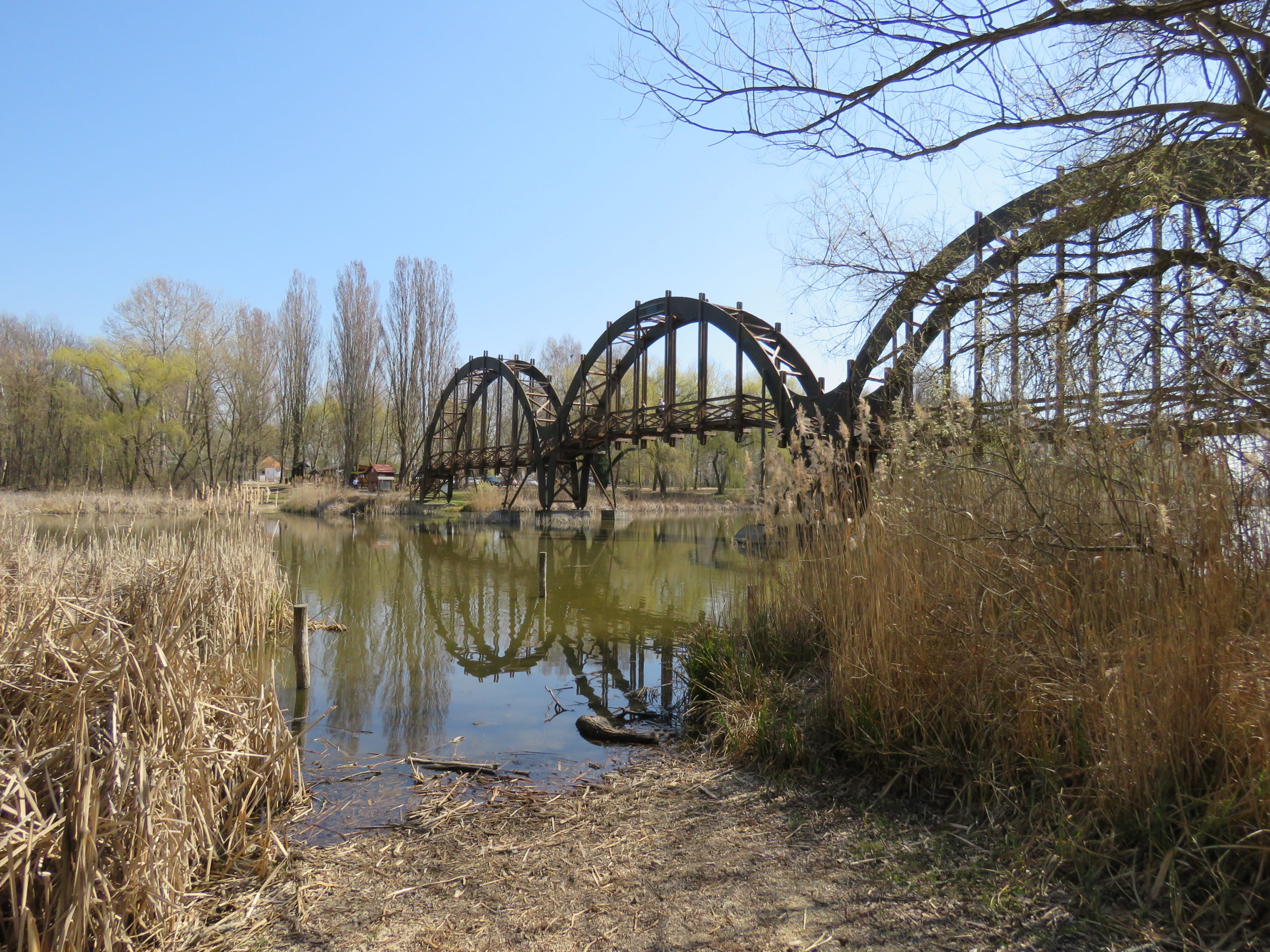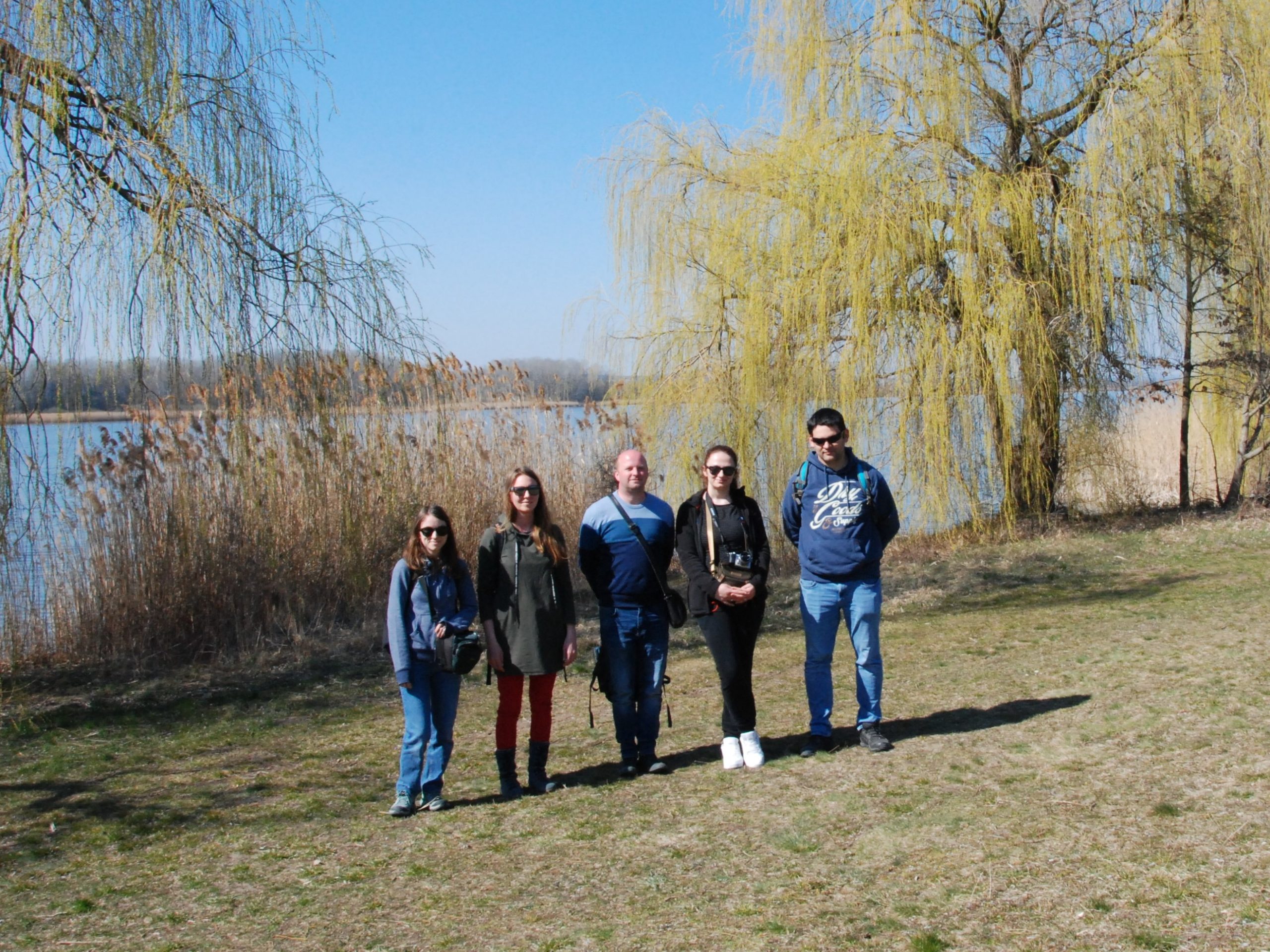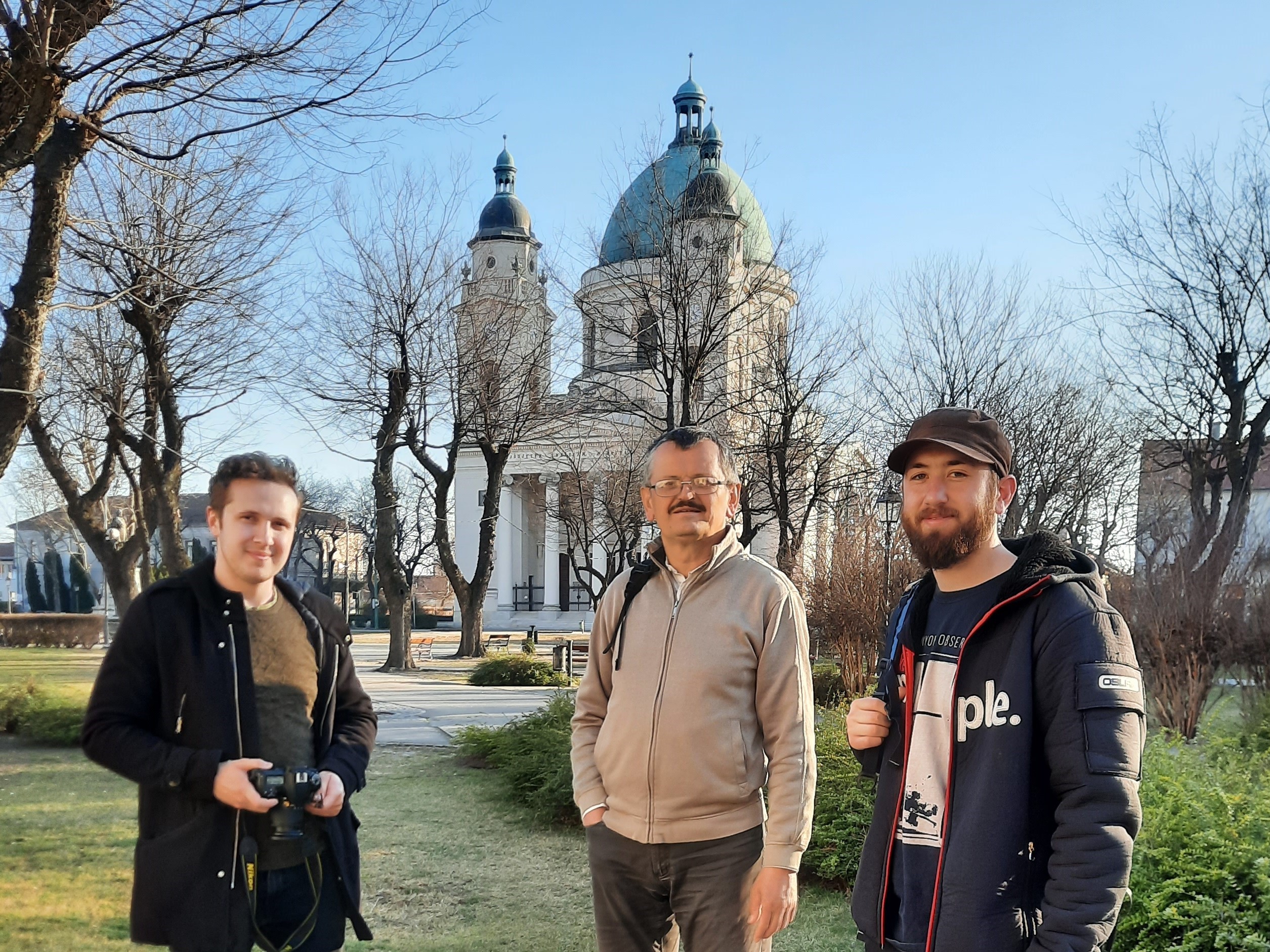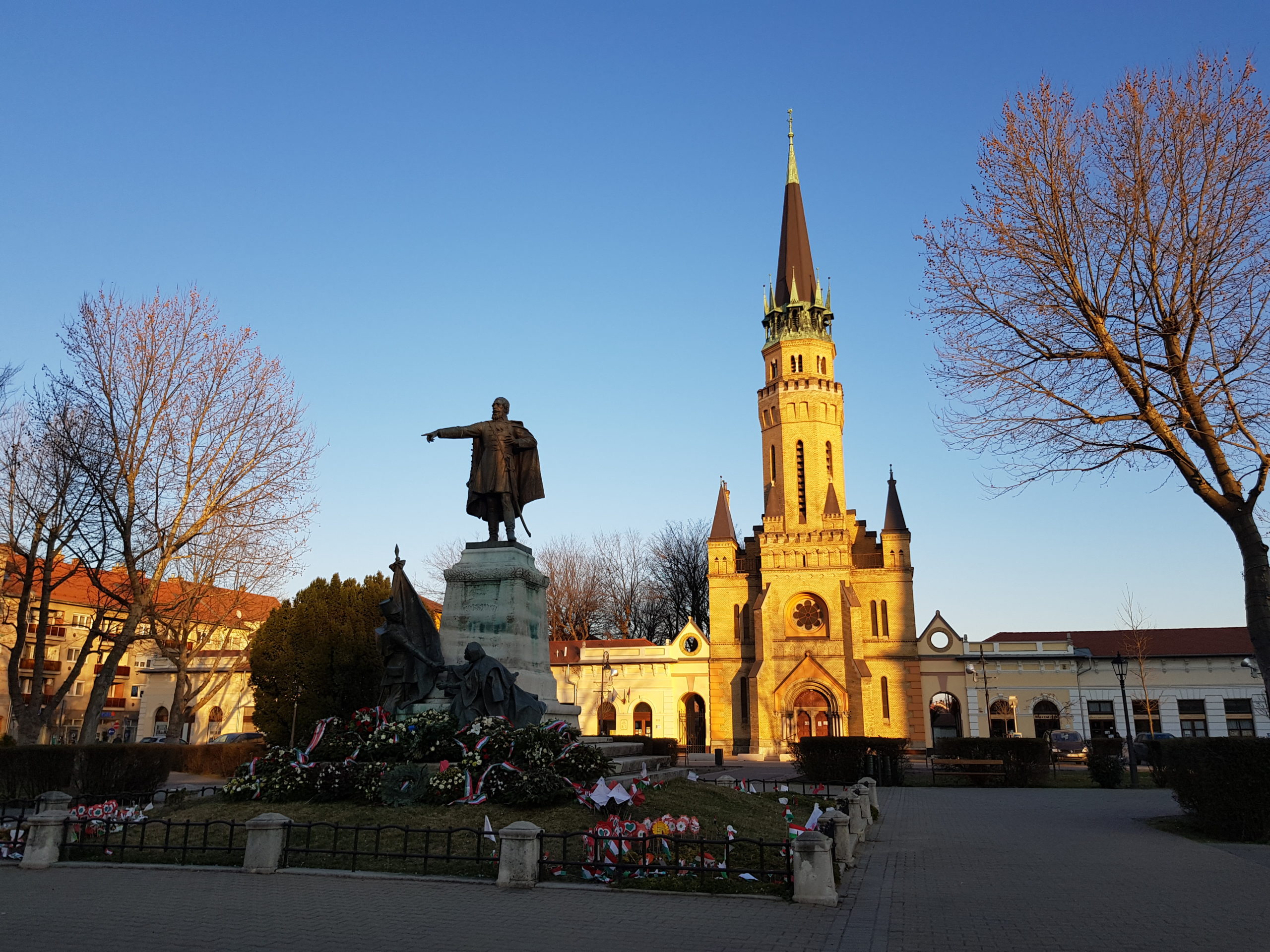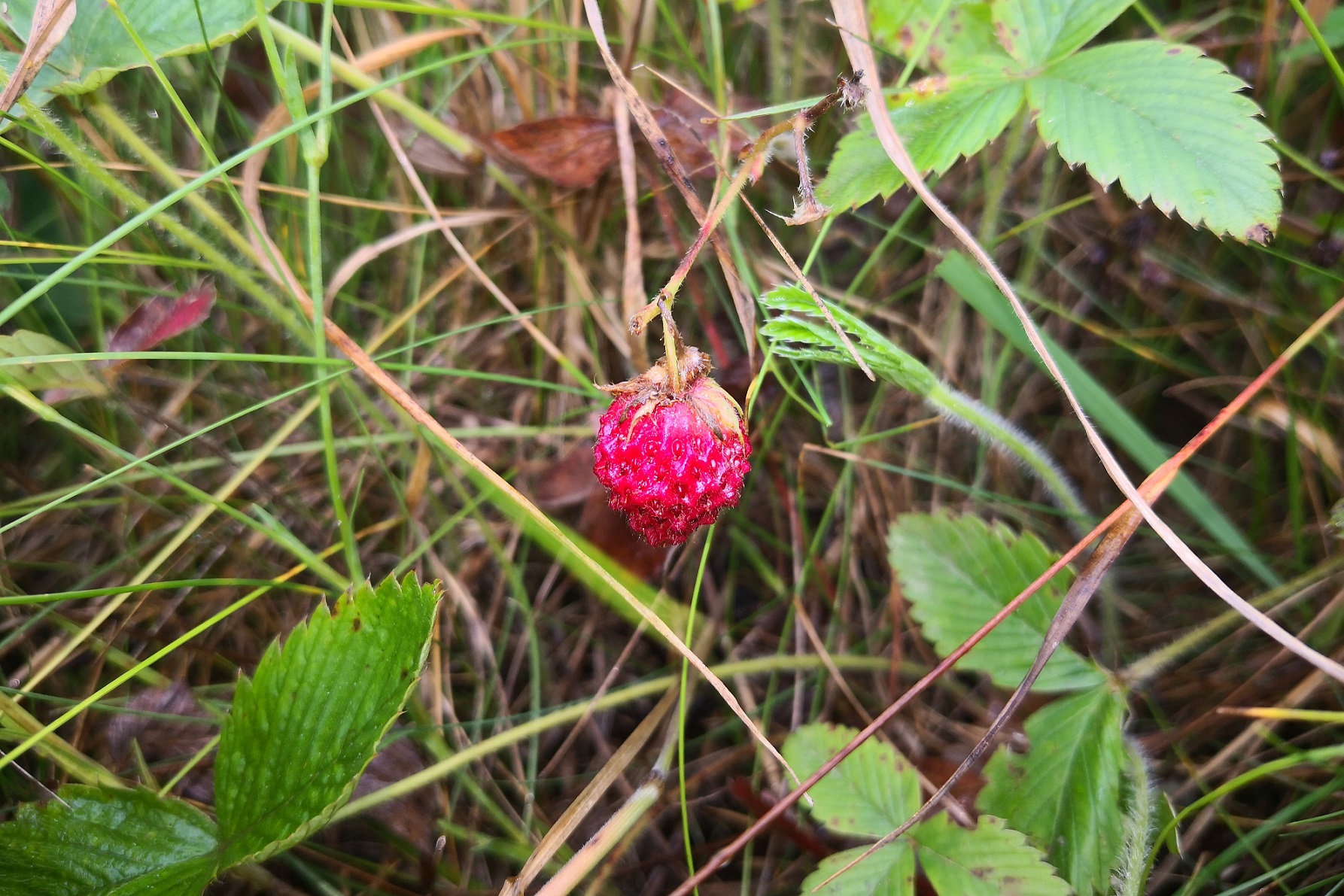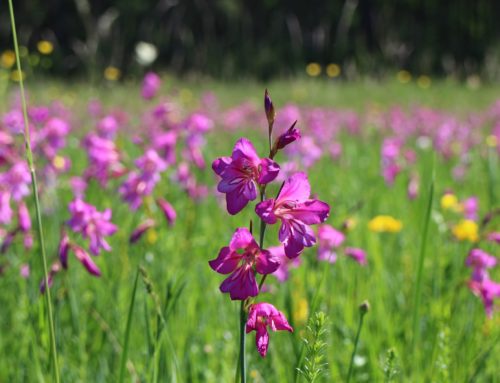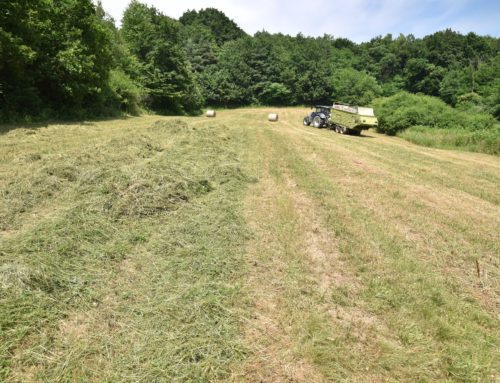The first one of the four planned networking visits was performed between 22nd and 24th March. We visited the Centre for Plant Diversity (Nemzeti Biodiverzitás- és Génmegőrzési Központ).
Their headquarters are located in Tápíoszele, approximately 100 km east of Budapest, deep in the Hungarian puszta. Between 2010 and 2014 they carried out a LIFE project together with two partners »Establishment of the Pannon Seed Bank for the long-term ex situ conservation of Hungarian vascular wild plants« (LIFE08 NAT/H/000288, akronim HUSEEDBANK). They gathered and permanently stored seeds of 844 plant species (plus additional 68 species after the end of the project), which is over 50 % of the Hungarian flora. They also developed germination protocols for the majority of species and reintroduced some steppe species in the Kiskunság National Park.
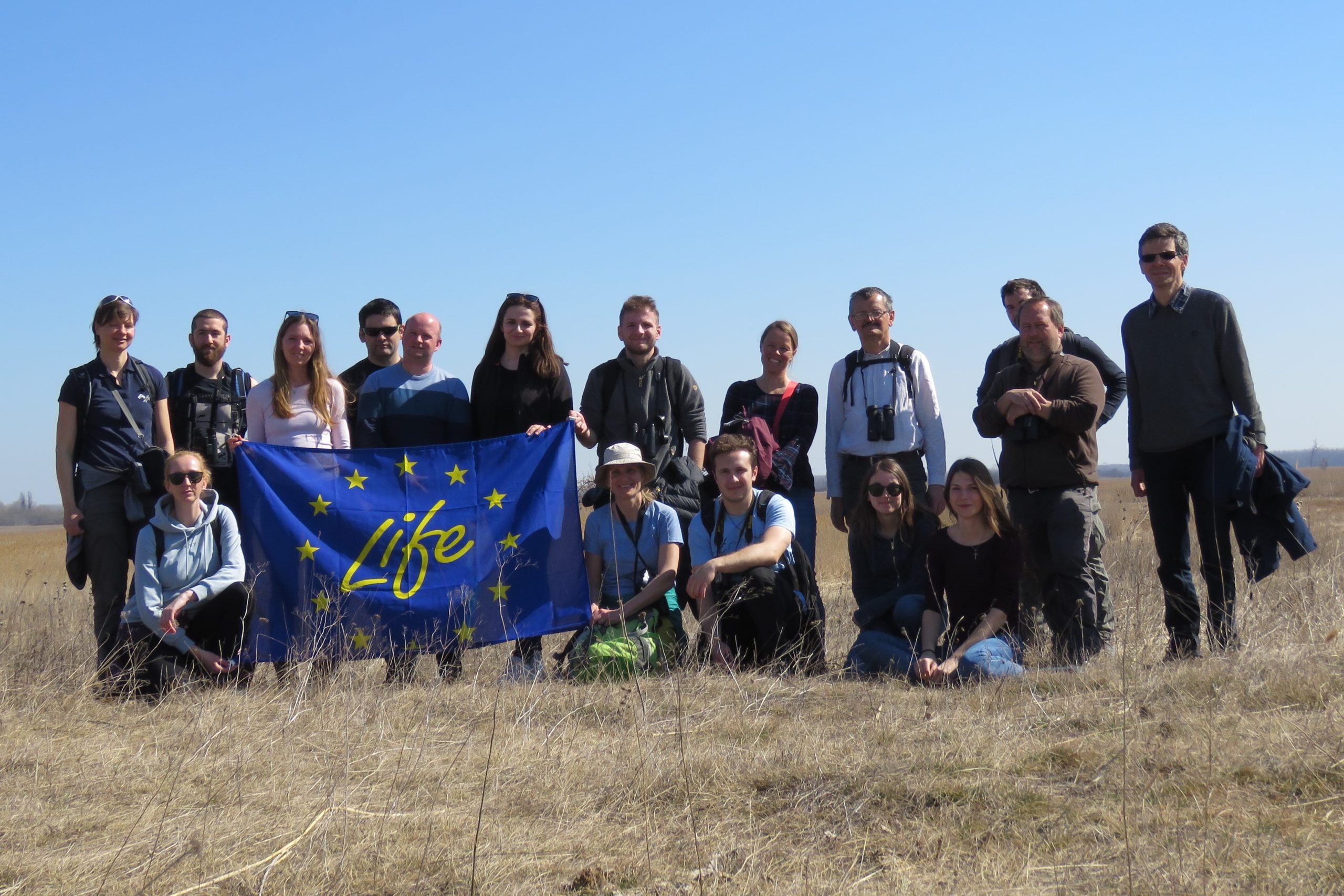
LIFE for Seeds
Gábor Málnási Csizmadia and Simona Attila showed us their germination equipment, chambers for drying, short- and long-term storage, established within their LIFE project, as well as their seed bank database. In Duna-Ipoly National Park, only a couple of kilometers from Tápíoszele, the head of protected areas in Tápió-Hajta region, Tamás Vidra, presented results of different grassland restoration methods. Where arable land prevailed 20-35 years ago, there are now steppe grasslands with typical species. Of those, only two were flowering in the time of our visit, namely the Least Gagea Gagea minima and the Pheasant’s Eye Adonis vernalis. Due to severe drought – it rained last in November last year! – their yellow flowers were literally glowing from the brown grass. At this time of year, the area was supposed to be well saturated with water, locally even flooded. But for the past several years they have been facing ever worse droughts, resulting from climate change and negatively affecting local flora and breeding birds. The National park manages 600 ha of grasslands, of which 250 ha are only cut, whereas the remaining surface is either extensively grazed by Podolian cattle from May to November, using a system of paddocks, or a combination of one late cut and aftermath grazing is used.
Poleg pridobivanja novega znanja je bil obisk Madžarske tudi odlična priložnost za neformalno druženje med partnerji. Izkoristili smo jo tako na avtobusu kot v popoldanskem času v lepem madžarskem mestecu Cegléd, kjer ima skoraj vsako drevo v osrednjem mestnem parku svoj par golobov grivarjev!


